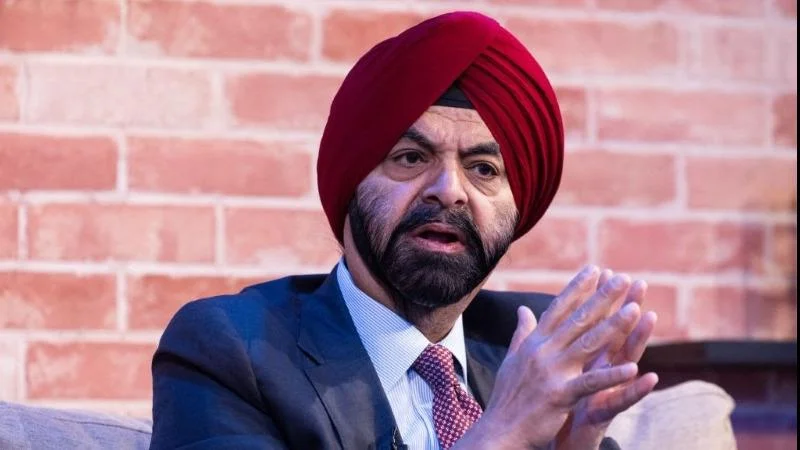For many years, drivers traveling between Hawassa and Modjo in Ethiopia faced long journeys due to narrow and crowded roads. Solomon, a freight driver from Hawassa, described how the trip north used to take nearly five hours or more depending on road conditions. “You’d leave early and still arrive late,” he said. “The road was narrow, always crowded, and sometimes unpredictable.”
The situation is changing as Ethiopia nears completion of the Modjo–Hawassa Expressway. This new expressway has reduced travel times and improved driving conditions for both freight operators and passenger vehicles.
Spanning 202 kilometers south of Addis Ababa, the Modjo–Hawassa Expressway connects several urban and industrial centers including Modjo, Batu, Shashamene, and Hawassa. It is Ethiopia’s second major toll road and the first built to international standards. The expressway forms a key corridor for domestic trade and cross-border logistics.
This project supports Ethiopia’s 10-Year Development Plan (2021–2030), which prioritizes expanding economic corridors, improving logistics performance, and fostering regional integration. Over 1.5 million people live along the corridor that benefits from better access to services as a result of this infrastructure.
A significant segment of the expressway between Batu and Arsi Negele received $295 million in financing from the World Bank. As of March 2025, this segment is over 85% complete. The expressway includes dual carriageways, grade-separated interchanges, wildlife crossings, and electronic tolling infrastructure designed for sustainable maintenance.
According to project guidelines aligned with World Bank policy, comprehensive environmental and social safeguards were applied during development. These measures helped manage construction risks, support resettlement planning, and encourage community engagement throughout implementation.
When fully operational, officials expect travel times between Modjo and Hawassa to decrease by up to 40%, reducing trips from five hours to about three hours. Vehicle operating costs are anticipated to drop by 15–20%, resulting in savings on fuel, maintenance, and repairs.
Beyond time and cost savings, the expressway improves access to schools, health centers, local markets, distribution hubs, industrial zones such as Hawassa Industrial Park—which employs more than 30,000 workers—and export centers near Addis Ababa.
As part of efforts to make Ethiopia a regional logistics hub, the expressway also integrates with cross-border transport initiatives. It forms part of the Cairo–Cape Town Trans-African Highway—a route spanning over 10,000 kilometers across ten African countries—helping facilitate smoother freight movement with Kenya and other neighboring countries.
These improvements align with broader objectives under the African Continental Free Trade Area (AfCFTA), aiming to reduce trade costs across Africa.
To address climate-related challenges like flooding and erosion that affected older sections of the corridor, the new infrastructure incorporates climate-resilient features for greater durability.
Community members have already experienced positive changes along the route. The project created jobs during construction phases and included structured consultations with local residents.
Overall, by aligning with national infrastructure strategies and leveraging development financing—including support from organizations like the World Bank—the Modjo–Hawassa Expressway demonstrates coordinated delivery of major projects intended to bring long-term economic benefits within Ethiopia as well as in neighboring regions.

